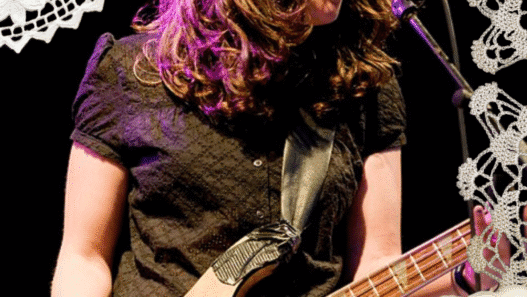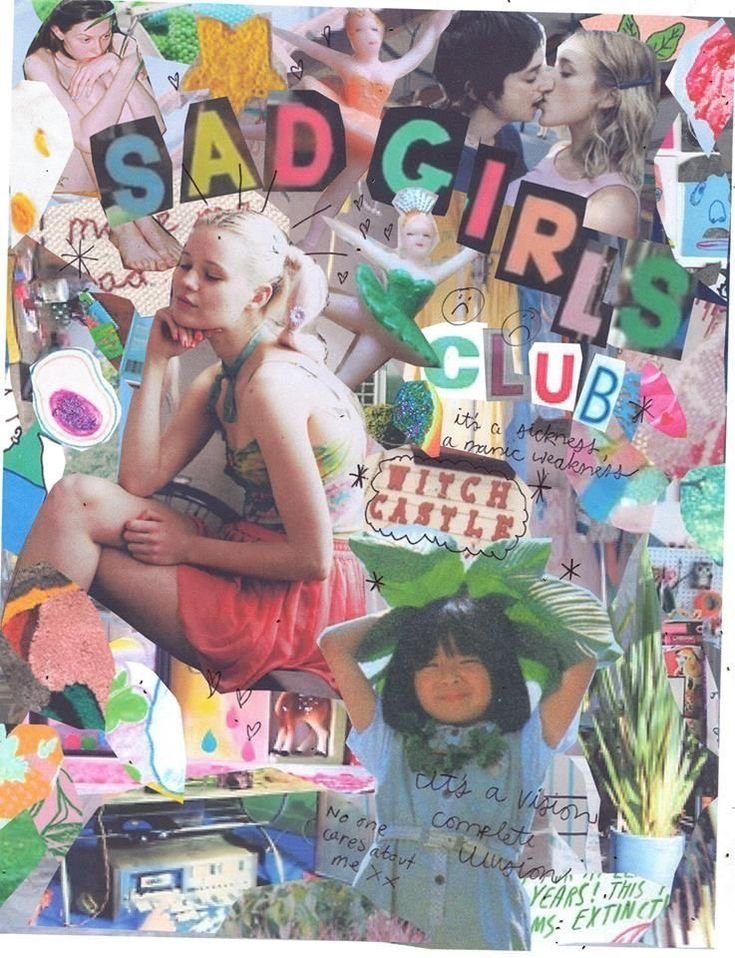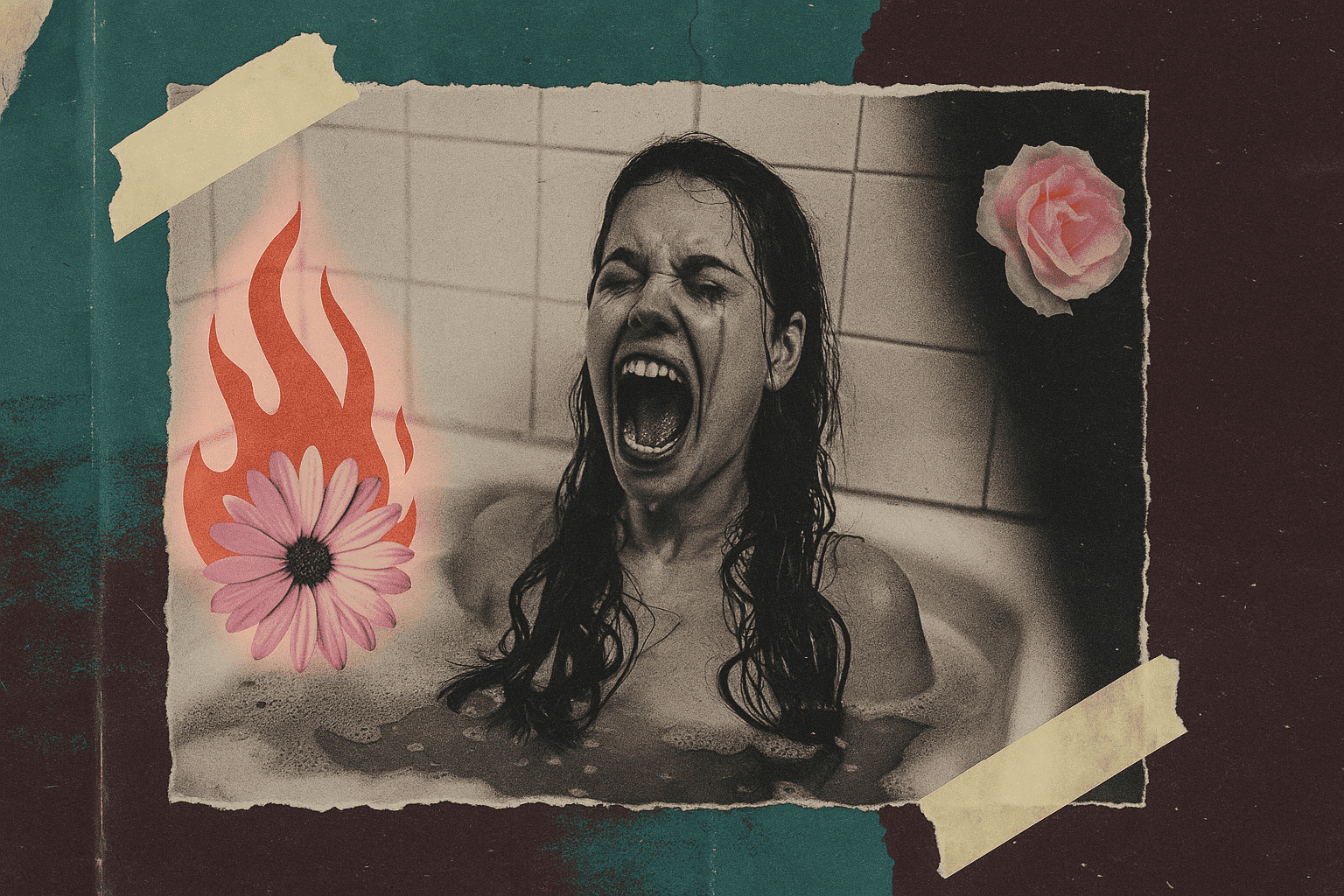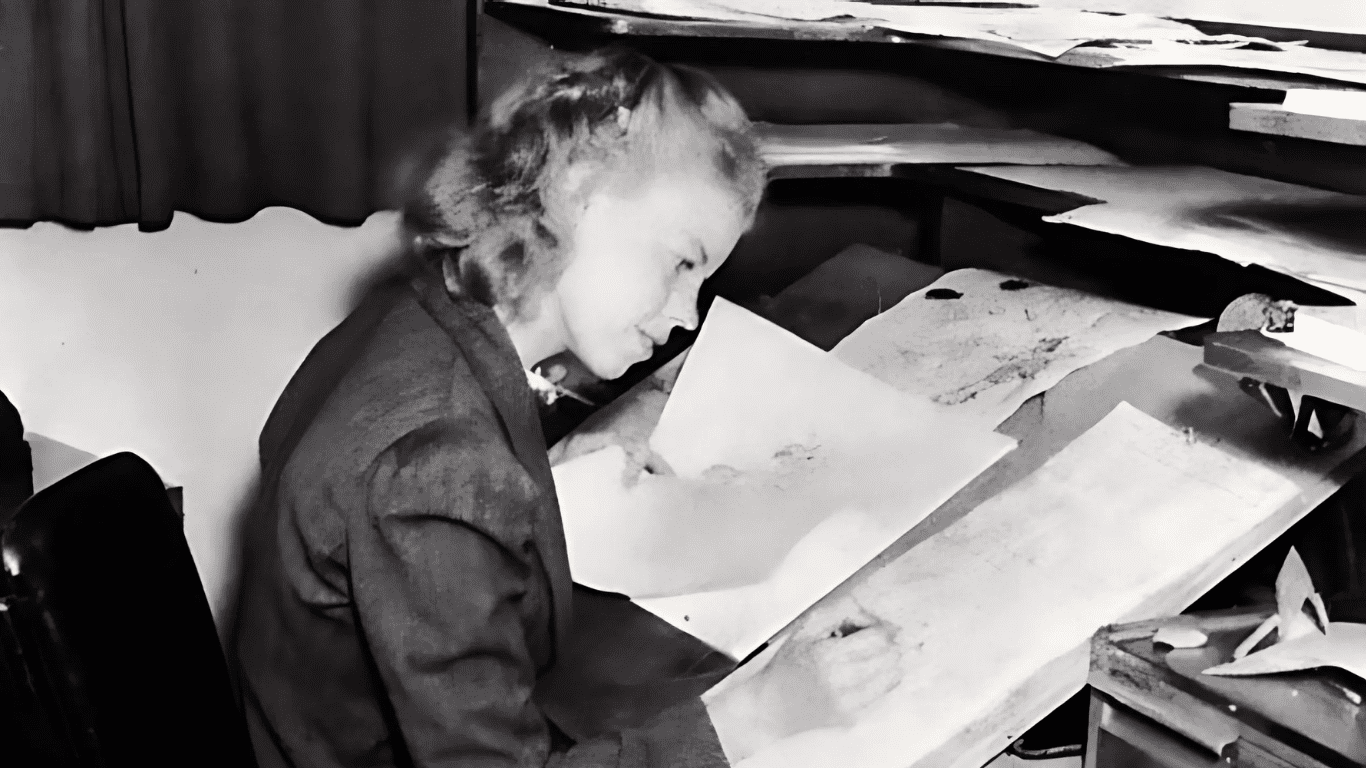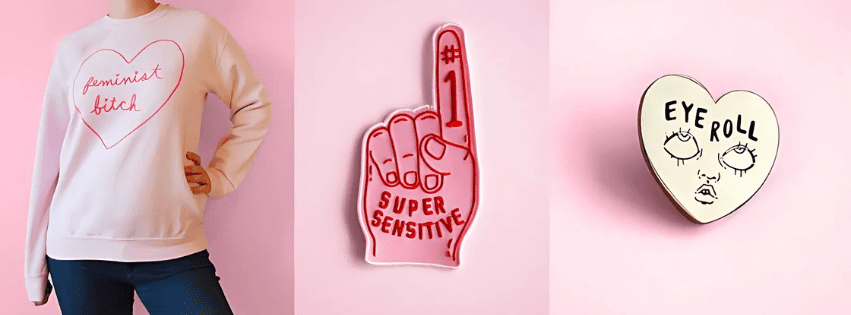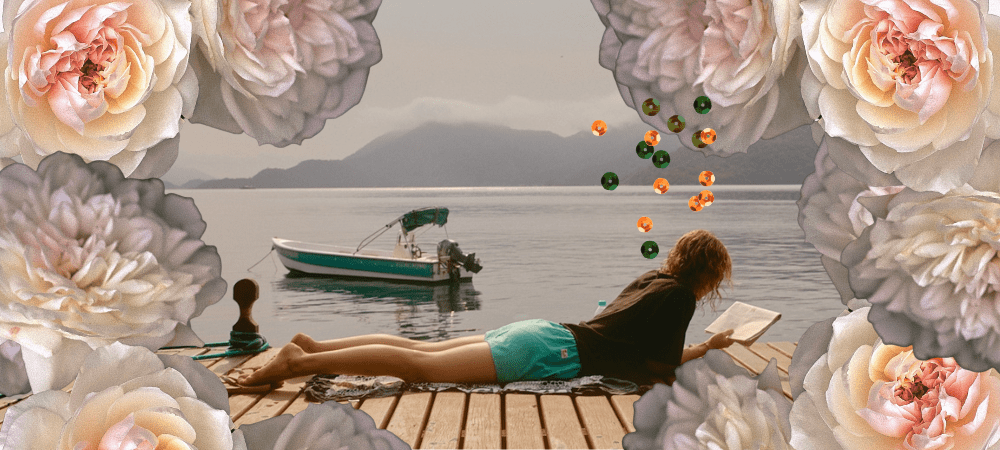For anyone who’s cried on a polaroid, pressed a dried flower into a page like it could hold a memory still, or journaled in glitter pen between therapy appointments—this one’s for you.
Content Warning: This piece holds scraps of grief and glitter. Handle with care, and take what you need. If you’re tender right now, please take care of yourself while reading and skip anything that doesn’t feel right. If you’re struggling, reaching out to a trusted friend or a local support line can help. Scroll to the bottom of this piece for resources.
There’s a certain romance to being a little bit tragic and deeply crafty. Think Lana Del Rey with glue sticks. Sylvia Plath with a corner rounder. Sad girl scrapbooking isn’t about capturing perfect moments—it’s about archiving the real, the raw, and the radically sentimental. It’s mourning, mending, and main character energy all collaged into one. I read a really great article in the New York Times titled Scrapbooking As an An “Act of Radical Self Care” that really inspired me and helped me understand the importance of craft from the perspective of POC. I really encourage you to check it out. Forget the Pinterest-perfect pastel spreads with quotes about living, laughing, and loving. This is about honouring your feels. Your scrapbook isn’t for anyone else—it’s for the girl in the mirror at 1 a.m. who needs to know she’s still art even when she’s falling apart.
1. Start with the Pain. Literally.

Begin where it aches. Don’t wait for a cute moment. Begin with the night you deleted their number. The voicemail you can’t delete. The day you couldn’t get out of bed. Write what you were afraid to say out loud. Scribble like you’re 13 again and journaling under the covers with a flashlight. Let the page absorb your anger. Let it witness your unraveling.
Use real tears if you have to (they’re water-based). Write sideways. Scratch it out and write it again. Tape the scraps together like you’re trying to prove you still exist.
Sad Girl Move: Cover a page in red ink venting, then layer over it with ripped vellum or painted tissue. Healing isn’t erasing—it’s softening the edges.
One comic artist who I have loved and respected since I was a teen in a small town is Fiona Smyth. I wrote a pretty cool profile piece about her here. Check it out if you’re looking for inspiration to put your pain and confusion on the page.
2. Use the Ephemera of Your Emotional Life
Save it all. The gum wrapper from the last date. The wristband from the show where you ugly cried in the bathroom. The receipt from the café where you journaled about wanting to disappear. That weird fortune cookie message that hit a little too close to home? Tape it in.
If you don’t hoard your scraps, do not fear! Etsy is full of professional paper-keepers who sell grab bags and mystery packs of bits and pieces—sorted by colour, theme, vibe, or a random selection of a little bit of everything. Because honestly, aren’t we all a little bit of everything?
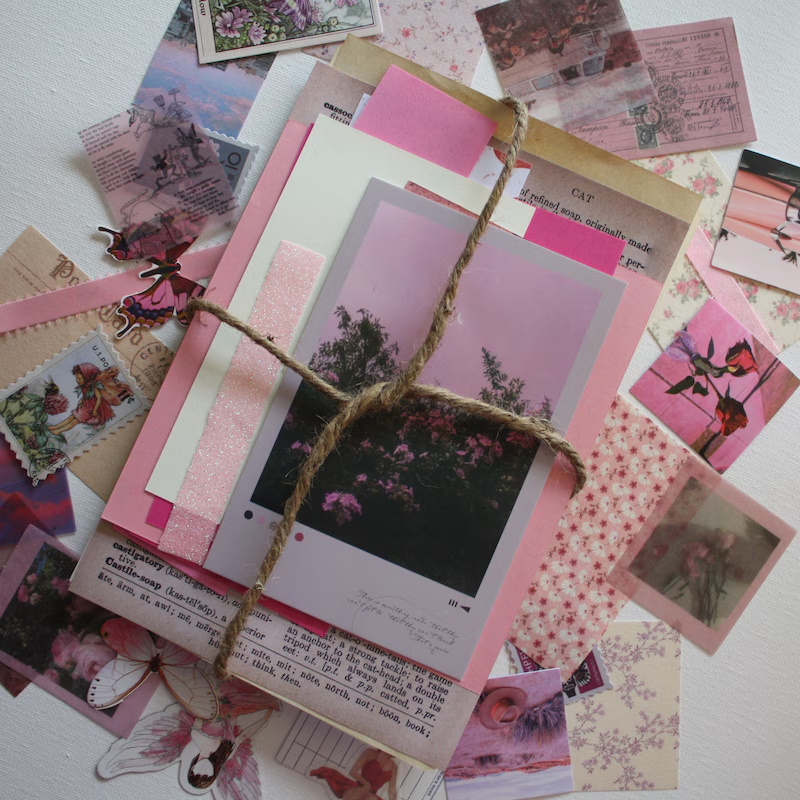
If you do sad best in front of a keyboard, that counts too. There are digital ephemera kits in every aesthetic imaginable—ready to download, print, or keep tucked away in your hard drive. Whether you collage with scissors or screenshots, your process is valid. Your emotions are art. Full stop.
You are a collector of evidence. Your life is a crime scene of feelings. Catalogue everything.
Create an “Emotional Evidence Kit”: A small pouch or shoebox labeled “Break in Case of Breakdown.” When you don’t have words, go digging.
3. Lean into the Drama, Babe
This is not a time for subtlety. Embrace the drama. Think maximalist layers, chaotic overlapping, and tears both literal and figurative. Use too much glitter. Burn the edges of the page. Layer in lace, feathers, thread, petals, or tulle. Make it extra—because your feelings are.
Yes: Typewriter font. Black velvet paper. A lipstick kiss with smeared liner.
No: Minimalist beige. “Live, Laugh, Love” fonts. Anything that smells like wellness influencer energy.
If you’re planning to use as much glitter as you absolutely should then you should check out this video for a super simple “no mess” glitter hack. I think that the tutorial might be intended for moms of toddlers, but I promise, you aren’t the only grown up sad girl giving it a watch.
4. Let Your Colour Palette Match Your Mood Swings
Your palette is your emotional landscape. Use it like a mood ring.
Melancholy Blue: Brushy strokes, ocean textures, foggy transparencies. Lana lyrics in shaky cursive.
Heartbreak Red: Torn paper hearts, old love notes, lipstick stains. Smudged mascara tears.
Hopeful Gold: Glimmering ink. Pressed daisies. Affirmations in shaky handwriting. Sunlight photos that caught you mid-laugh—even if you didn’t feel like laughing.
Let each page feel like the emotion it’s holding.
If there’s anyone who does ‘feelings’ really well and gets the art of colour as emotion, it’s the anonymous artist behind Ambivalently Yours. You can check out my 2018 interview with her here.
If you live in Toronto and want to spill your emotional ink onto your layered pages, Paper Plus Cloth is the place to go. I love stationery, and this small boutique shop is beyond anything I could’ve imagined in my wettest stationary dream. I personally buy my calligraphy pens and inks here, but they have so, so much more. You really have to see it for yourself.
If you’re local, sign up for a workshop or attend a meetup—if you’re lucky enough to snag a spot! And if you’re not so local, I still encourage you to check out their website and absolutely sign up for their newsletter. They really are the best. #notsponsoredjustawesome

5. Include Yourself (Yes, Even Your Ugly Cry Selfies)
This is autobiography as collage. This is soft chaos as legacy. This is about refusing to crop yourself out of your own story. You are not just the narrator—you’re the protagonist, the plot twist, the recurring motif. Don’t skip your own face. Don’t skip your own feelings.
Print your blurry selfies, even the ones you took mid-spiral that never made it to Instagram. Screenshot your Notes app rants. Paste in your reflection caught in a cracked mirror. Trace your shadow on a day when you couldn’t speak and fill it with song lyrics, quotes, or a stream-of-consciousness spiral written in your messiest handwriting.
You are not too much—you’re the whole damn plotline. You are the artwork and the artist.

Use your own image like a punk icon on a DIY poster. Print photos of your hands holding something meaningful. Include scanned pages from old journals or school assignments that accidentally said more than you realized at the time. Your past selves are trying to get your attention—listen to them.
Alt idea: Cut up your old Instagram captions and rearrange them into blackout poetry. Mix them with song lyrics or headlines. Add a date. A feeling. A song. Make your feed into something that finally feeds you back.
6. Make it Interactive—Like Your Healing Process
Your healing isn’t linear. Neither should your scrapbook be.
Add:
Pockets for unsent letters.
Fold-out pages for timelines of recovery.
Flaps that hide truths you’re not ready to show the world.
QR codes that link to the playlist that saved you at 2:43 AM.
Let the act of flipping through be as layered as your own growth. Sad girl scrapbooking is kinetic—it moves like grief.
7. Name Your Volumes Like Chapters in a Memoir
Your scrapbook isn’t just a scrapbook—it’s a story. A series. A saga.

Don’t just call it Journal #3. Give each volume a cinematic, devastating, poetic name:
“cut me out of the photo, leave the sky”
“every tuesday i grieved you again”
“this is what healing looked like for me”
“from crying in the tub to dancing in the kitchen”
Pro tip: Write each title on the spine like you’re building your own sad girl library.
Keep going until you’ve built an emotional archive no therapist could ever fully unpack.
Round It Out: Sad Girl Extras to Add to Your Practice
Want to deepen your scrapbook ritual? Here’s how to turn it into a full-blown artistic outlet or zine series:
Playlist Pairings: Curate music to match each chapter. Think: Weyes Blood, Ethel Cain, Florence + the Machine, Big Thief, Lorde’s Melodrama, Mitski.
Sad Girl Supply Guide:
Best moody washi tape: Try The Washi Station (their Gothic Romance series = chef’s kiss).
Stickers that look like you cried on them: Sad Girl Supply Co. on Etsy.
Journals that don’t judge you: Papaya Art or vintage ledger books from thrift stores.
Call for Contributors: Feature others’ heartbreak pages. Host a reader showcase. Ask for scans of journals, playlists, or collage poems.
Prompt Page:
“What did I lose that I never got to grieve?”
“A love letter to the girl I was before I knew better.”
“What would I say if I wasn’t afraid of sounding dramatic?”
DIYs to Feature:
How to make your own pressed flower tape
Printing dreamy lo-fi photos from your phone
Creating soft, stained paper using tea, salt, or tears (jk… unless…)
✨ Closing Thought:
Scrapbooking like a sad girl icon isn’t just aesthetic—it’s an act of radical documentation. It’s saying this mattered. I mattered. It’s gathering the pieces and making peace. It’s turning grief into texture, memory into material, and healing into something you can flip through on days you forget how far you’ve come.
Because even when your life feels like a tear-streaked, glitter-splattered mess—it still makes a beautiful spread.
→ Share your own scrapbook rituals, pages, or playlists with us — tag @shezinemagazine and use #newgirlarmy.
→ Got a story or scan that belongs in our sad-girl archive? [Pitch it here].
→ Subscribe to The Edit for more DIY rebellion, creative care, and feminist craft culture straight to your inbox.
If this piece stirred up more than glitter and glue sticks: Please know you’re not alone. Craft can be catharsis, but some feelings need more than paper and scissors to hold them. Below are some places you can reach out when the weight gets too heavy to scrapbook away.
Canada
Wellness Together Canada: Free mental health and substance use resources. Call 1-866-585-0445 or text WELLNESS to 741741.
Hope for Wellness Helpline (for Indigenous peoples): 1-855-242-3310 or use the online chat at hopeforwellness.ca.
- Talk Suicide Canada (24/7): Call or text 988 for immediate support. talksuicide.ca
U.S.
988 Suicide & Crisis Lifeline (24/7): Dial 988. 988lifeline.org
Crisis Text Line: Text HELLO to 741741.
International
Find a Helpline: findahelpline.com — connects you with hotlines worldwide.
Befrienders Worldwide: befrienders.org — international emotional support network.

AXO (she/her) is a multidisciplinary creator, editor, and builder of feminist media ecosystems based in Toronto. She is the founder of She Zine Mag, Side Project Distro, BBLGM Club, and several other projects under the AXO&Co umbrella — each rooted in DIY culture, creative rebellion, and community care. Her work explores the intersection of craft, technology, and consciousness, with an emphasis on handmade ethics, neurodivergent creativity, and the politics of making. She is an advocate for accessible creativity and the power of small-scale cultural production to spark social change. Her practice merges punk, print, and digital media while refusing to separate the emotional from the practical. Above all, her work invites others to build creative lives that are thoughtful, defiant, and deeply handmade.










